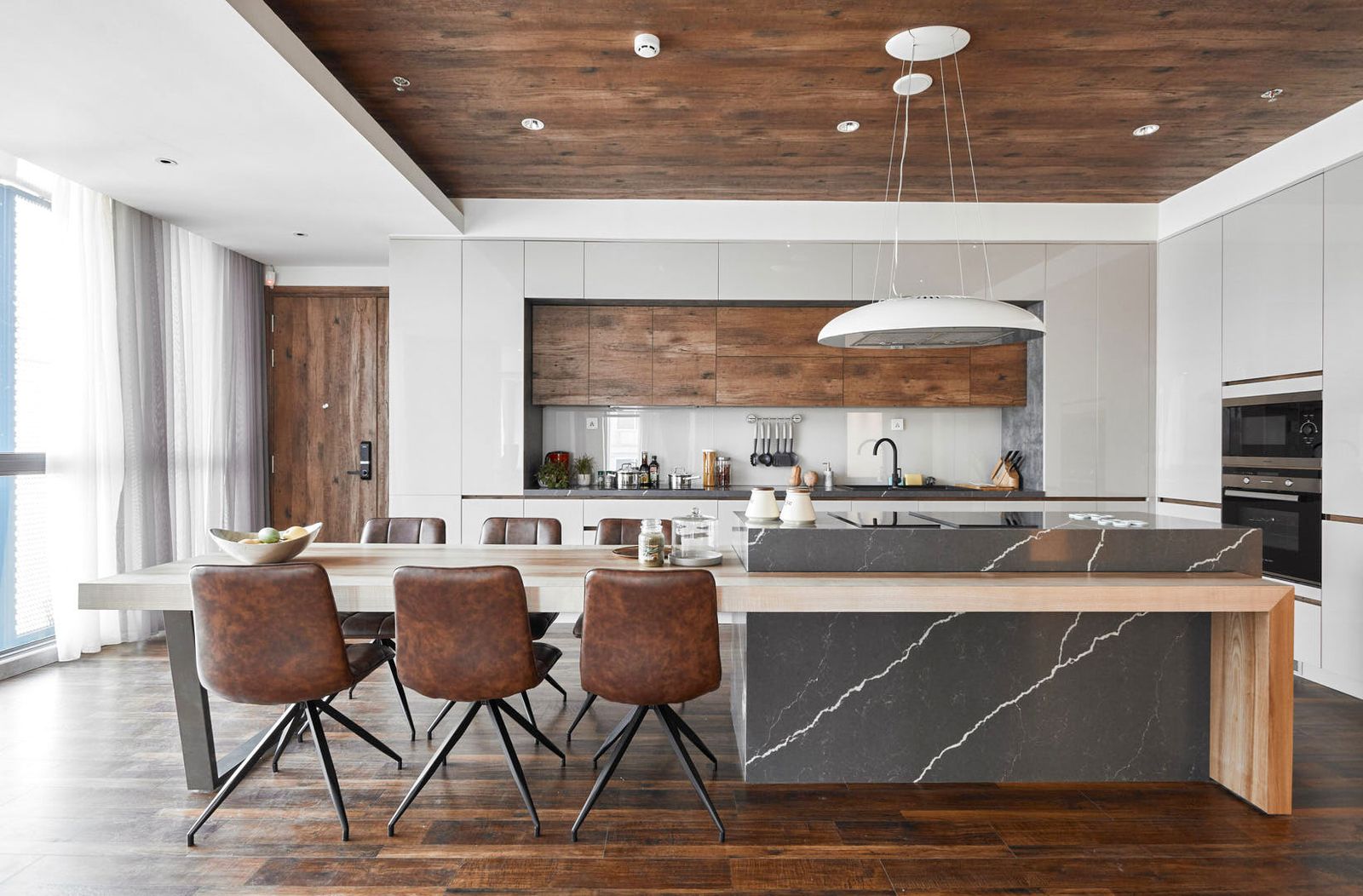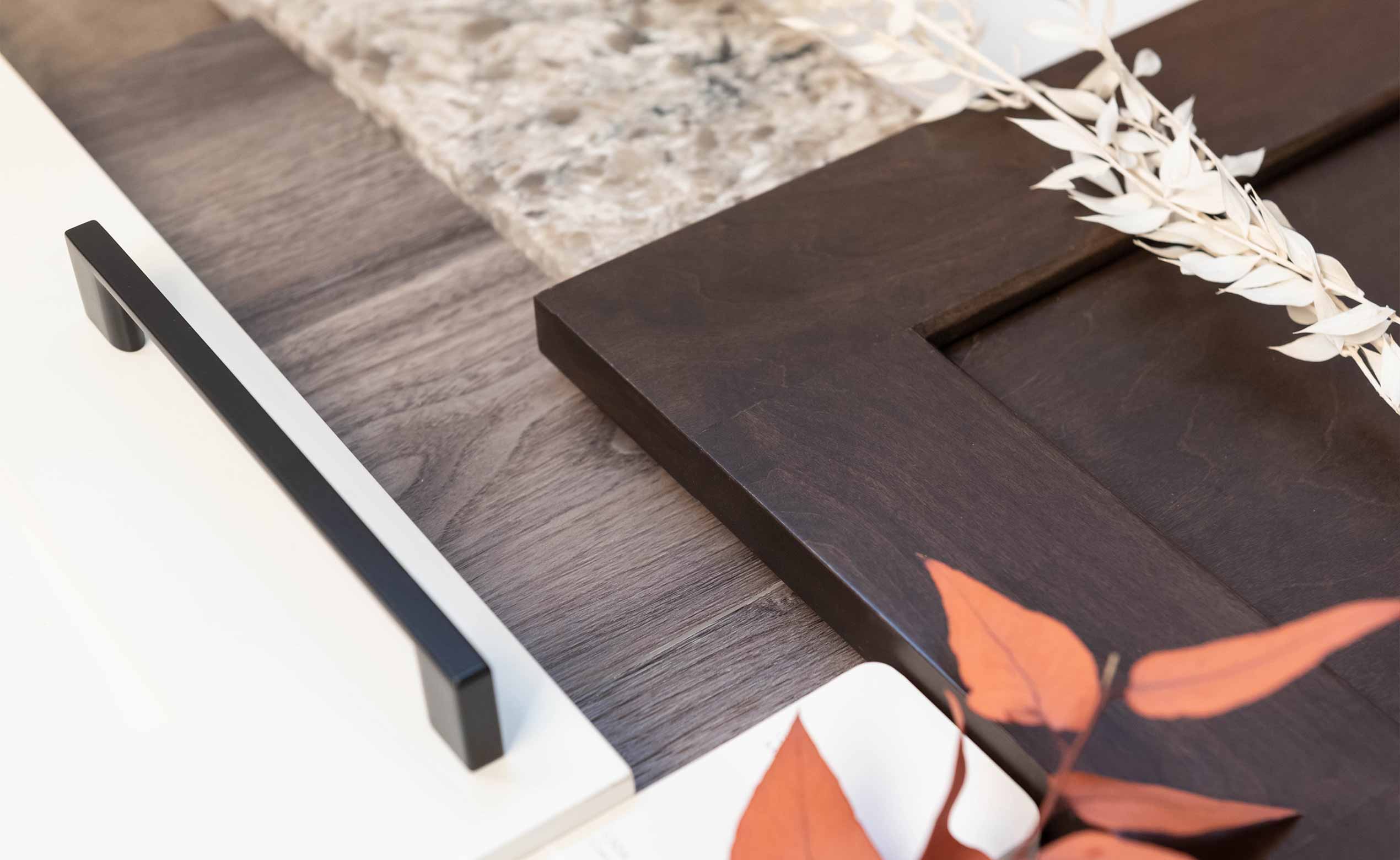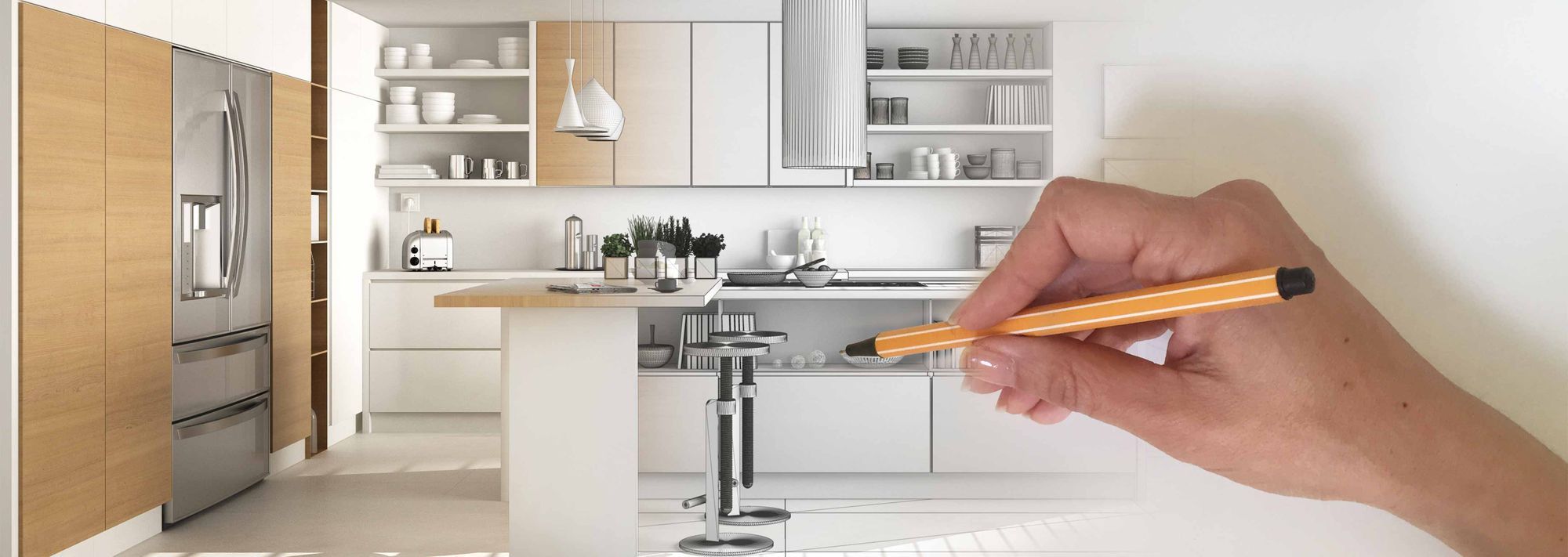Fortunately, with the right products and techniques, keeping your cabinets spotless is straightforward regardless of whether they are glass, wood, laminate, or painted. In this article, we provide expert tips on how to clean kitchen cabinets to easily tackle tough messes and keep them looking their best.

Read more: How to Accessorize Oxford White Kitchen Cabinets for a Stunning Look
How To Clean Kitchen Cabinets: What You Will Need?
Here’s a list of essential cleaning supplies for effective kitchen cabinet cleaning:
- Mild Dish Soap: Gentle on finishes while effectively cutting through grease and grime.
- White Vinegar: Natural cleaner and degreaser, great for removing sticky residues.
- Baking Soda: Mild abrasive that helps tackle stubborn spots without scratching.
- Warm Water: Used for mixing with soap or vinegar solutions.
- Soft Cloths or Microfiber Cloths: Ideal for wiping down surfaces without leaving scratches.
- Sponges: For gentle scrubbing of tough spots.
- Old Toothbrush: Perfect for cleaning small crevices, corners, and around cabinet handles.
- Dry Towels: For drying cabinets immediately after cleaning to prevent water damage.
- Cabinet Liner: Protects the inside surfaces from spills and stains.

Read more: Where To Buy Kitchen Cabinets In Calgary?
How Frequently To Clean Kitchen Cabinets?
To keep your kitchen cabinets looking their best, it is essential to follow a regular cleaning routine. Cleaning kitchen cabinets involves wiping up spills and splatters daily with a damp cloth to remove grease build-up and minimize the need for deep cleaning.
Each week, give your cabinets a quick touch-up by using a microfiber cloth and a multi-purpose cleaner to remove fingerprints, spatters, and other marks from the exterior, and disinfect the hardware as well.

Read more: Mastering Two-Tone Kitchen Cabinets: Your 2024 Handbook
For a more thorough cleaning, plan to empty your cabinets three to four times a year. Use a mild cleanser on a microfiber cloth to clean both the inside and outside surfaces, paying special attention to corners and crevices with a toothbrush, and ensure the cabinets are completely dry before restocking them. This general routine will help maintain the cleanliness and appearance of your kitchen cabinets.
Stunning Kitchen With Natural Colour Palette
How To Clean Kitchen Cabinets Based On Types Of Stains?
Your cabinets endure daily use and house various items and ingredients, making them susceptible to common stains. Here’s how to effectively clean kitchen cabinets based on different types of stains:
- Fingerprints: The oily residue from fingers often leaves unsightly marks on cabinet doors and hardware. To remove these, dampen a cloth in a 50-50 solution of water and vinegar, wipe the prints, and then buff the surface with a polishing cloth for a clean finish.
- Grease: Cabinets above the stove range are particularly prone to grease stains. Fortunately, cleaning greasy cabinets is straightforward. Like fingerprints, grease can be removed using diluted vinegar. Since these stains are usually larger, it may require repeating the process a few times to eliminate the grease.
- Food Splatters: Whether it is a squirt of ketchup or a spill that drips down, it is crucial to wipe up food messes immediately with a damp cloth. For tougher stains on especially porous materials such as wood, apply a paste of baking soda and water to the spot, let it sit for a few minutes, and then wipe away. Finish by polishing the area with a clean cloth.
- Water Stains: Hard water can leave spots on cabinets. To prevent water stains, use distilled water instead of tap water when cleaning your cabinets.
- Scuffs: Scuff marks from shoes, tables, or chairs can be easily removed with a soft eraser. Gently rub the eraser along the mark and then wipe away any residue with a clean cloth. This is a handy trick for keeping white cabinets pristine.
How To Clean Kitchen Cabinets Based On Material Type
The cabinet’s material significantly affects the cleaning process. Different materials have distinct properties and require specific care to maintain their appearance and longevity.
Cleaning Painted Cabinets
How to clean kitchen cabinets that are painted? Painted cabinets are a popular choice for adding color and warmth to your kitchen without a full remodel. However, they do require some maintenance to keep them looking their best. Here’s how to clean kitchen cabinets that are painted:
Create an easy and budget-friendly spot cleaner by mixing one part water with two parts baking soda. Apply the paste to stains, let it sit for a few minutes, then wipe it clean. Use a clean cloth to buff away any remaining residue.

Read more: How to Design Your Kitchen Like a Professional
For grease removal, use a cloth dampened with diluted ammonia. Gently wipe the cabinet until the grease is gone or less noticeable.
Cleaning Wood Cabinets
Cleaning wood kitchen cabinets can be challenging because of the variety of finishes and seals they may have. Even though some finishes are more resilient, it is important to use gentle cleaners to avoid damaging the wood.
For effective cleaning, start by using oil soap products. These are excellent for both cleaning and shining wood cabinets and help to restore their appearance without causing harm. When cleaning, always use a damp cloth to prevent excess moisture from affecting the wood and its finish. After cleaning, make sure to buff and polish the wood with a dry microfiber cloth, wiping in the direction of the grain.
Cleaning Laminate Cabinets
How to clean kitchen cabinets that are made from laminate? Laminate is quite forgiving and typically responds well to a variety of cleaners, requiring minimal maintenance beyond regular weekly wipe-downs. To clean laminate cabinets, use an all-purpose cleaning wipe or a solution of diluted vinegar, and make sure to dry the surface thoroughly with a clean cloth.

Read more: How the Art of Kitchen Cabinetry Has Evolved
For stains, apply a paste of baking soda and water, let it sit on the stain, and then wipe it off. Avoid abrasive cleaning pads, as they can scratch the laminate surface. If you need to remove scuffs from lower cabinets, a soft eraser can be effective.
Cleaning Glass Cabinets
How to clean kitchen cabinets that are made from glass? This cabinet material requires using a glass cleaner and a polishing cloth to eliminate fingerprints and other marks from the glass panes. Open the cabinet door to clean the inside of the glass as well. While you will still need to address individual marks on the front, this approach allows you to wipe down the entire pane more efficiently. Avoid using oil-based cleaners on the adjacent cabinet material, as they can leave residue and streaks on the glass that are difficult to remove.
Conclusion
With over 14 years of experience, Zen Living offers a diverse range of kitchen styles, from traditional to contemporary, serving Calgary homeowners and contractors. Our dedicated design professionals ensure a hassle-free, on-budget, and timely Zen experience.
We offer an extensive selection of customization options, so you can create traditional kitchen cabinets that perfectly suit your unique style and needs or elevate your kitchen with our cutting-edge contemporary kitchen cabinets featuring high-gloss acrylics, laminates, and textured wood combinations to deliver a bold and sophisticated look that seamlessly blends style with functionality.
To get started, simply fill out our form for a free consultation, or you can give us a call at (587) 817-5182 for a kitchen renovation estimate. Our team at Zen Living Kitchen & Bath is eager to work with you and hear all about your project ideas. We are dedicated to turning your vision into a reality.






